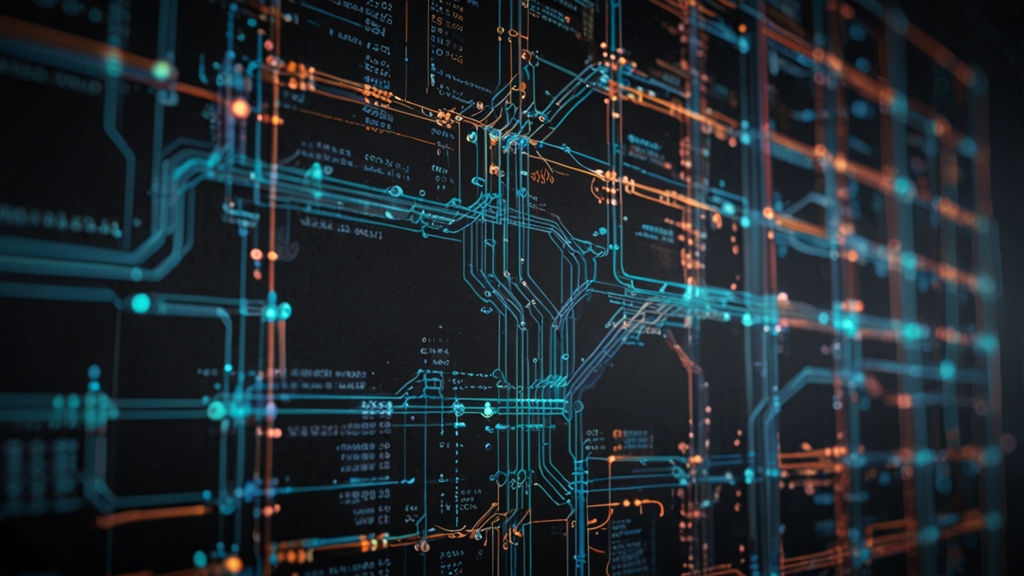Understanding Back-End Development
Back-end development forms the backbone of any web application, handling the server-side logic, database management, and ensuring seamless communication between the database and the client side. Historically, back-end development has seen a steady evolution, influenced by changes in technology and user requirements. As we look to the future, several key trends and technological advancements promise to reshape the landscape of back-end development.
The Rise of Serverless Architecture
One of the most transformative trends in back-end development is the emergence of serverless architecture. This paradigm allows developers to build and run applications without managing server infrastructure. Cloud providers like AWS Lambda, Azure Functions, and Google Cloud Functions handle the provisioning, scaling, and management of servers. As a result, developers can focus on writing code and deploying features rapidly.
"The primary advantage of serverless architecture is the ability to scale effortlessly and reduce operational complexity, leading to faster development cycles and cost efficiency."
Serverless architecture is not just a buzzword; it's an innovative approach that aligns closely with the growing demand for agility and scalability in application development. In the future, as more organizations embrace this paradigm, we can expect a significant shift away from traditional server-based architectures.
Containerization and Microservices
Containerization technologies such as Docker and Kubernetes have already revolutionized the way applications are developed and deployed. By bundling applications into containers, developers can ensure consistency across different environments, from development to production. Coupled with microservices architecture, which breaks down applications into smaller, manageable services, back-end development is becoming more modular and resilient.
Microservices facilitate independent development and deployment of services, making it easier to scale and maintain complex applications. They promote the use of diverse technologies best suited for individual services, fostering innovation and efficiency. With the growing adoption of containers and microservices, back-end development is set to become even more dynamic and adaptable.
Advancements in Database Technologies
Database technologies have seen significant advancements, from traditional relational databases to NoSQL and NewSQL solutions. The future of back-end development is likely to see even more versatile and powerful database systems. Emerging technologies such as distributed databases and blockchain integrate robust mechanisms for data integrity and availability, addressing some of the traditional limitations of existing systems.
Moreover, with the increasing volume of data generated by applications, the need for real-time data processing and analytics is growing. Databases that offer built-in support for real-time analytics will become increasingly popular, enabling developers to build more responsive and intelligent applications.
Incorporating AI and Machine Learning
Artificial Intelligence (AI) and Machine Learning (ML) are becoming integral to modern applications. Their incorporation into back-end development will unlock new possibilities, from predictive analytics to personalized user experiences. Back-end systems capable of processing and analyzing vast amounts of data in real-time will be crucial for deploying AI-driven solutions.
"The integration of AI and ML into back-end development isn't just about adding features; it represents a shift towards more intelligent and adaptive systems that can proactively meet user needs."
Frameworks and libraries that facilitate AI and ML integration, such as TensorFlow and PyTorch, are already making their way into back-end stacks. As these technologies mature, we can expect back-end systems to play an even more critical role in harnessing the power of AI and ML.
The Importance of Security and Compliance
With the increasing complexity and interconnectedness of applications, security and compliance have become paramount. Future back-end development must prioritize robust security frameworks to protect sensitive data and ensure compliance with regulations such as GDPR, HIPAA, and CCPA. The rise of cybersecurity threats necessitates proactive measures, such as encryption, secure authentication, and regular security audits.
Additionally, automated tools for vulnerability scanning and compliance checks will become essential components of the development pipeline, helping developers identify and mitigate potential risks early in the development process.
Conclusion
The future of back-end development is poised to be more dynamic, efficient, and intelligent. With the rise of serverless architecture, containerization, advancements in database technologies, incorporation of AI and ML, and a heightened focus on security and compliance, back-end developers have a vast array of tools and technologies at their disposal. As these trends continue to evolve, they will undoubtedly shape the next generation of robust, scalable, and innovative web applications.









